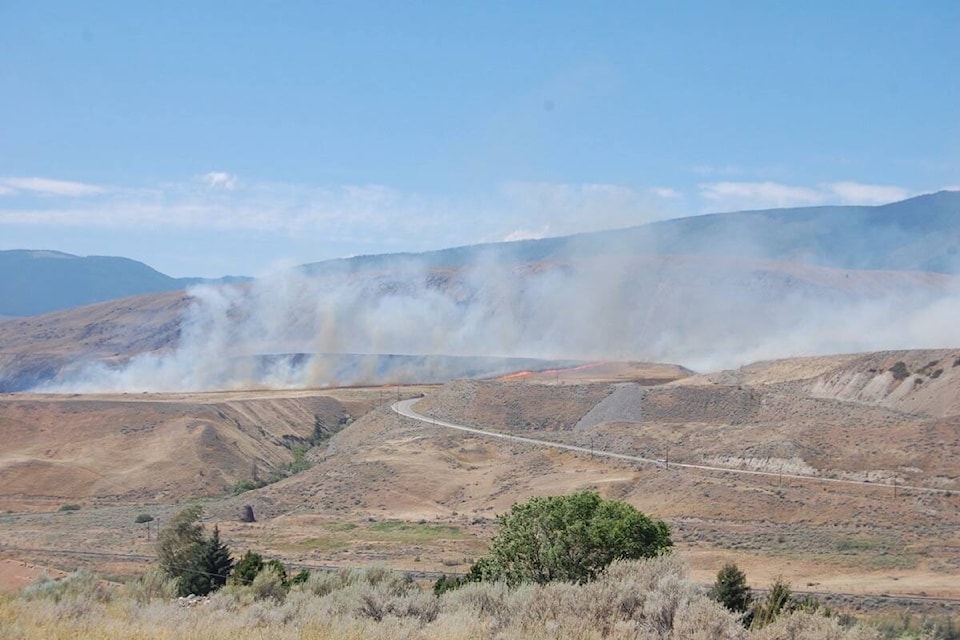Dear Editor,
Chris Hollis was Ashcroft’s mayor [1966–1967], and I’m glad to see a street has been named after him. He was a gentle, interesting man with a fund of stories in him about the town when the main street was unpaved and the two rows of wooden shops on either side of the street was Chinatown.
As Chris worked in his garden on the corner of Barnes Road he talked about old times and I listened, between the rows of corn that were always the highest and the first in town to grow.
“Now Railway Avenue was wide and dusty when we came to town and they were starting to pave the highway above,” Chris said. “I called Phil Gaglardi who was Minister of Highways and I said his crews were just a few miles away and he should send them down here and have them pave our main street. And he did.”
In those days oldtimers like Chris, with a history of logging and sawmilling, could call the ministers in Victoria and get them right away. Even up to the 1970s that’s what you could do. That may be hard to believe today, that ministers would take your call and listen to you without the palaver. Una Godau and I called the Minister of Mines to complain about Pat Reynolds telling mine workers in the hall in Ashcroft that if they voted NDP they’d lose their jobs. “Oh, don’t worry about Pat, I have lunch with him all the time,” came the reply.
Chris’s sawmill operation across the river remained a symbol of the past. The usual bush mill cabins of the workers were around them and the industry gave employment to scores of men for two generations. Baseball was very popular in Ashcroft then, and Chris had a park built in North Ashcroft where the rodeo grounds used to be. Games were played every weekend and they always got a good crowd to watch them.
When Chris retired he turned his attention to growing things. As the sawdust burner across the river rusted and the cabins were dismantled and disappeared, the Hollis yard filled with plants and colour. And Railway Avenue, newly paved from end to end, remains a symbol of how things were done in the not so old days.
Esther Darlington
Ashcroft, B.C.
